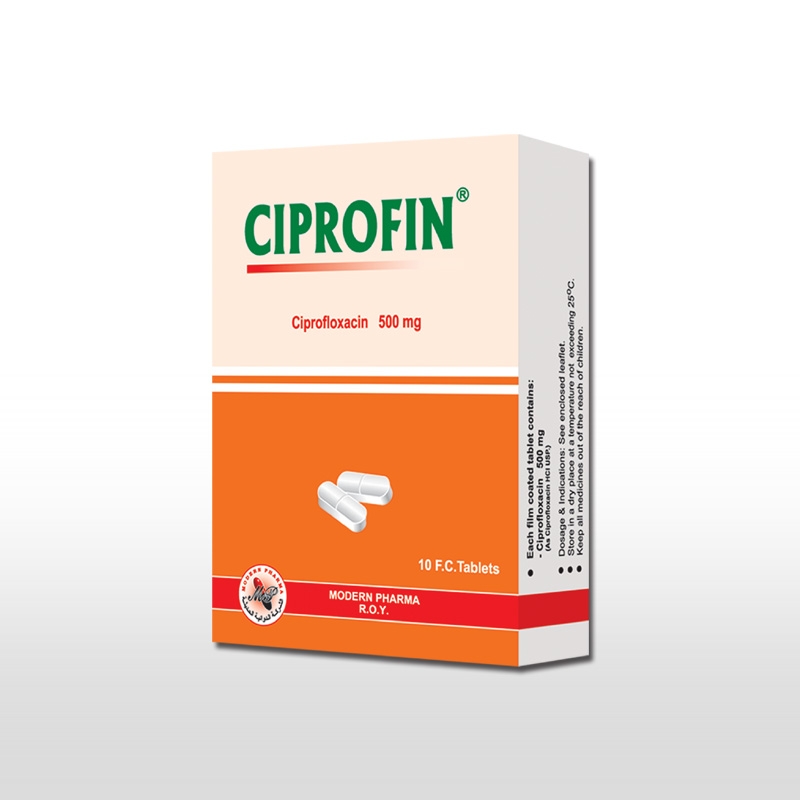Ciprofen 500
- Ciprofloxacin is a fluorinated-4-quinolone or fluoroquinolone
antibacterial with a wider spectrum of activity than nalidixic acid and
more favourable pharmacokinetics for use in systemic infection.
- Ciprofloxacin is rapidly and well absorbed from the gastro-intestinal
tract. Oral bioavailability is approximately 70% and a peak plasma
concentration of about 2.5 ?g/ml is achieved 1 to 2 hours after a dose of
500 mg by mouth. Absorption may be delayed by the presence of food but not substantially affected overall.
- The plasma half life is about 3.5 to 4.5 hours, may be prolonged in severe renal failure.
- Plasma protein binding ranges from 20 to 40%.
- Ciprofloxacin is widely distributed in the body, it crosses the placenta and is distributed into breast milk, and high concentrations are achieved in bile.
- Approximately 40 to 50% of an orally administered dose is excreted in urine as unchanged drug.


